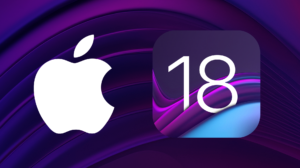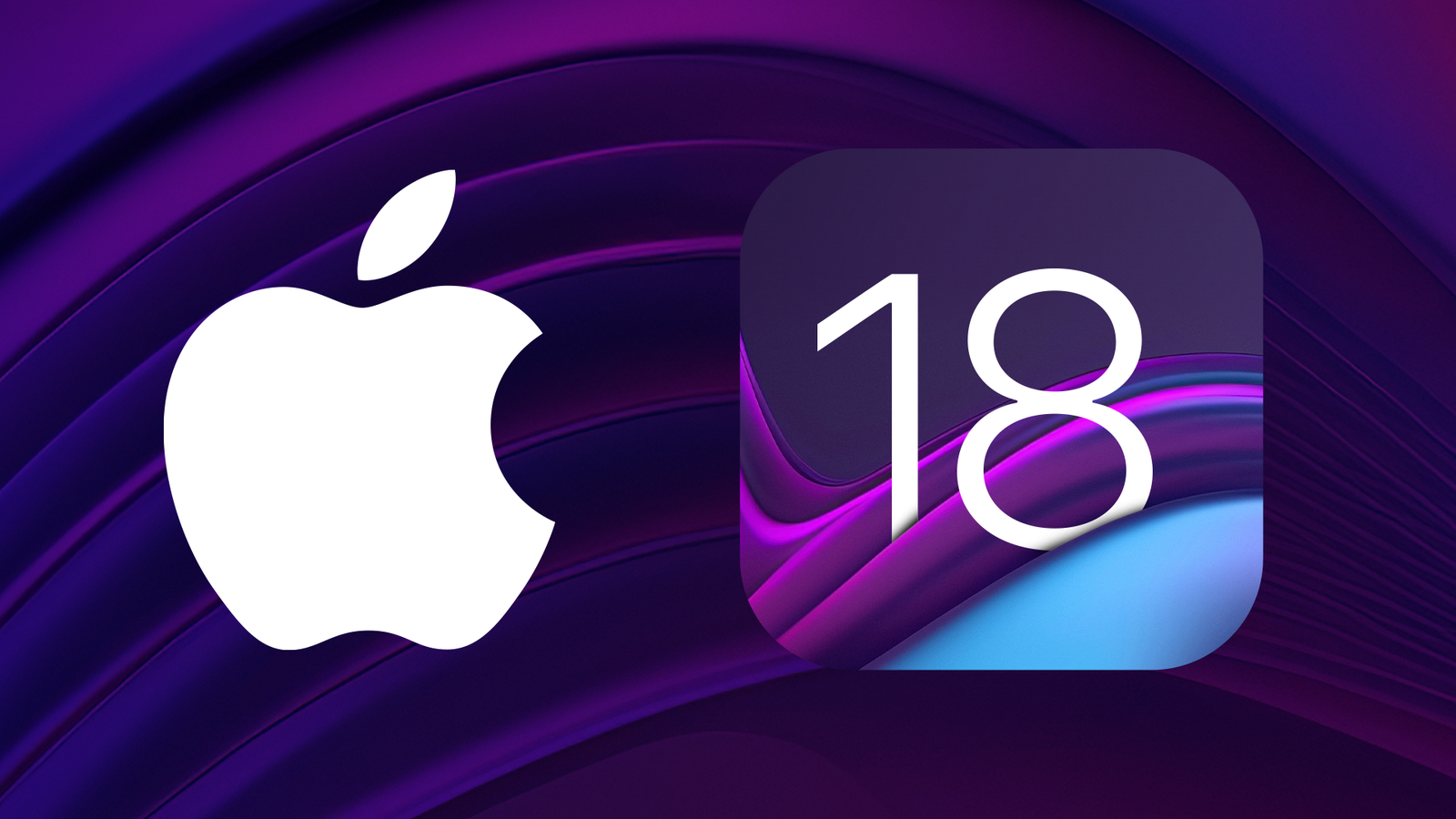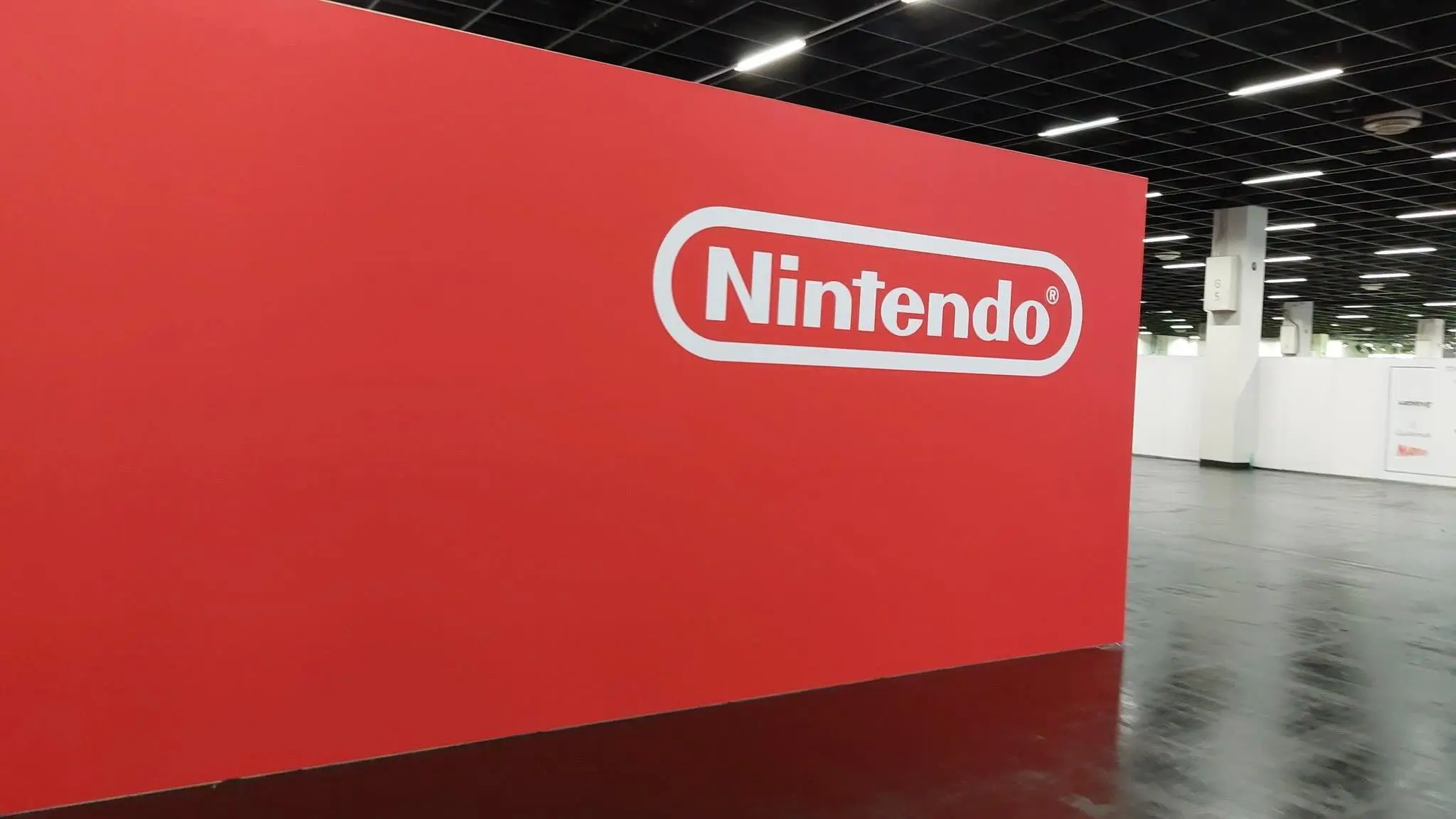In a surprising turn of events, some Apple fans have begun returning their recently acquired Vision Pros, sparking discussions about the groundbreaking device’s practicality, comfort, and cost.
Key Highlights:
- Vision Pro introduced as a highly advanced mixed reality headset, integrating over 4K resolution per eye and advanced spatial audio.
- Features include immersive content display, gesture-based control, and compatibility with existing Apple ecosystem apps.
- Priced at $3,499 in the U.S., with initial demos and orders indicating strong interest.
- Mixed reviews highlight issues with comfort, the isolating nature of VR, and questions over daily practicality.
The Apple Vision Pro, a device that has stirred considerable excitement since its announcement, combines cutting-edge technology with Apple’s design ethos. Described as resembling ski goggles, it boasts a singular piece of laminated glass melded into an aluminum alloy frame. A fitted Light Seal blocks out light, and the device includes two Audio Straps with built-in speakers for spatial audio. The headset is controlled through eye tracking, hand gestures, and voice commands, eliminating the need for traditional controllers.
Internally, the Vision Pro features two micro-OLED displays delivering over 4K resolution to each eye, an external display called EyeSight for showing users’ eyes to others, and custom prescription inserts for glasses wearers. Security is enhanced with Optic ID for iris scanning, akin to Face ID and Touch ID.
Despite its innovative features, some users have raised concerns. The device’s weight and the need for a connected battery pack for power supply have been noted as drawbacks. Additionally, while the technology and immersive experience have been praised, the practical utility of such a device in everyday life has been questioned. The gesture-based control system and the device’s overall comfort for long-term use have also received mixed feedback.
Apple Vision Pro’s market performance is still unfolding, with Apple reportedly selling up to 180,000 units so far. However, the mixed reviews and the decision by some users to return the device suggest a gap between the high expectations set by Apple and the real-world experience of some early adopters.
Tim Cook has likened the launch of the Vision Pro to the introduction of other iconic Apple products such as the Mac, iPod, and iPhone, heralding it as a significant milestone in Apple’s history. This optimism is supported by elaborate sales strategies, including comprehensive product demos aimed at providing a holistic experience of the device’s capabilities.
Ultimately, the Vision Pro stands as a testament to Apple’s innovative spirit and its push into new technological frontiers. Yet, the mixed reactions from users underscore the challenges of integrating such advanced technology into everyday life. As the boundaries between the digital and physical worlds continue to blur, devices like the Vision Pro invite us to reconsider what we expect from our technology – not just in terms of capabilities but in how they fit into our daily lives and physical comfort. Whether the Vision Pro becomes a staple in the tech landscape or a niche product for enthusiasts, its introduction has certainly sparked a conversation about the future of personal computing and entertainment.


















